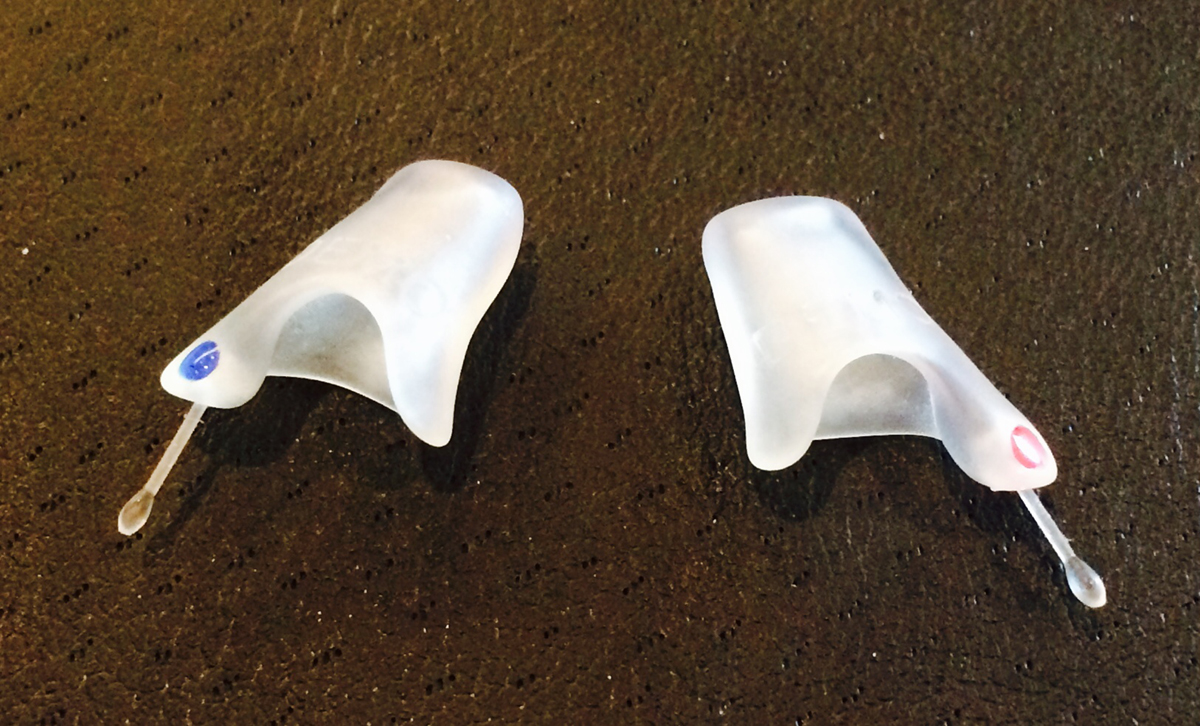
TMJ or temporomandibular joint is the joint which connects the lower jaw with the temporal bone. TMJ disorders represent a group of rather complex conditions of this joint. They most commonly feature with stiffness of temporomandibular joints, ear pain, headache, malocclusion, clicking sounds, and locked jaws.
Teeth grinding and bruxism contribute to TMJ disorders because they cause the wear of the joint cartilage. The disorder may be also caused by habitual gum chewing or fingernail biting. TMJ disorder also affects people who perform certain occupational tasks. Namely, it typically affects people who hold the telephone between their head and shoulder. Furthermore, people with dental problems such s misalignment of the teeth may also suffer from TMJ problems. And finally, the problems may occur due to trauma to the jaws.
Common TMJ Symptoms
The pain originates from unbalanced activity of the joint, muscle spasm or overuse of the joint muscles. The symptoms are persistent and many of them may not appear to be connected to the TMJ.
Headache affects about 80% of all patients. 40% of them complain about facial pain. The pain tends to intensify during the process of opening and closing of the jaw. Even exposure to cold weather may result in facial pain. Another symptom is ear pain. It affects around half of all patients. Ear pain is located either in front or behind the ear. This pain may be misinterpreted as ear pain caused by ear infection and treated with antibiotics. Still since the infection is not the underlying cause the pain does not withdraw.
TMJ disorders are frequently accompanied by grinding, crunching, and popping sounds. These sounds are produced during opening and closing of the jaw.
One more symptom of TMJ disorder is dizziness. Even though dizziness occurs in approximately 40% of patients and may lead to imbalance the exact cause of this symptom has not been fully understood.
Some patients may additionally complain about muffled, clogged or full ears. This symptom is basically caused by dysfunction of the Eustachian tube. The Eustachian tube regulates the pressure in the middle ear. In patients suffering from TMJ disorder, it is believed that spasms of the muscles which regulate opening and closure of the Eustachian tube cause fullness of the ear.
And finally, tinnitus is one more characteristic of TJM disorder. This symptom may be eliminated in half of the patients thanks to treatment.
Treatment for TMJ Disorder
The goal of the treatment is to eliminate the precipitating factors of the disease. Patients may additionally benefit from jaw rest, heat and ice therapy, anti-inflammatory medications (aspirin, naproxen and corticosteroids) and muscle relaxants. Furthermore, physical therapy including opening and closing of the jaw, massage and electrical stimulation may be helpful in pain alleviation.
Some people require psychological counseling and medications to deal with stress, one of the contributors to TMJ disorder. Occlusal therapy includes a custom-made acrylic appliance which fits over the teeth and is supposed to be worn over night and sometimes during day. And finally, some patients require correction of bite abnormalities and surgery.


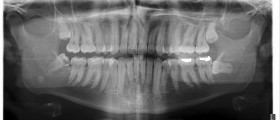
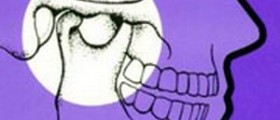


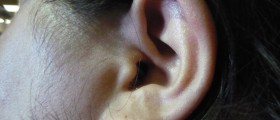

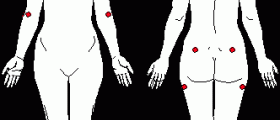
-Symptoms,-Diagnosis,-Treatment_f_280x120.jpg)




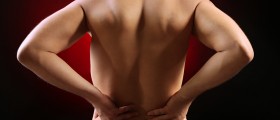
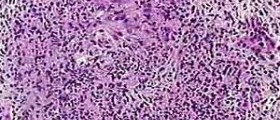

Your thoughts on this
Loading...